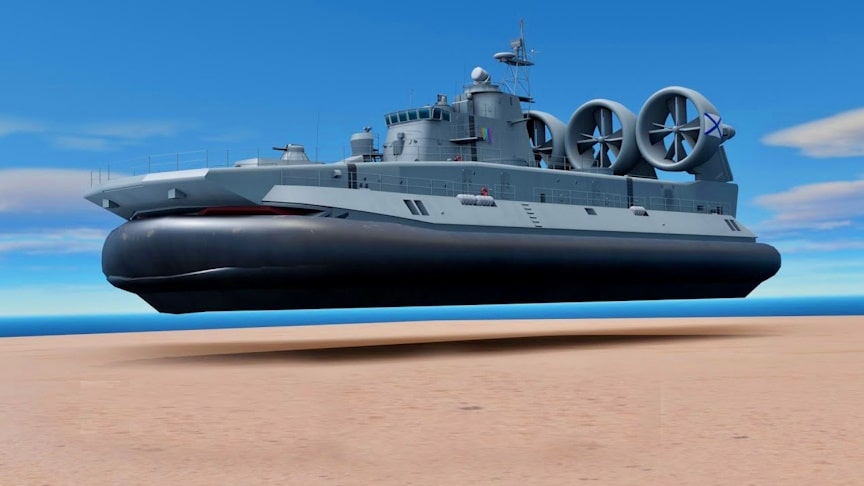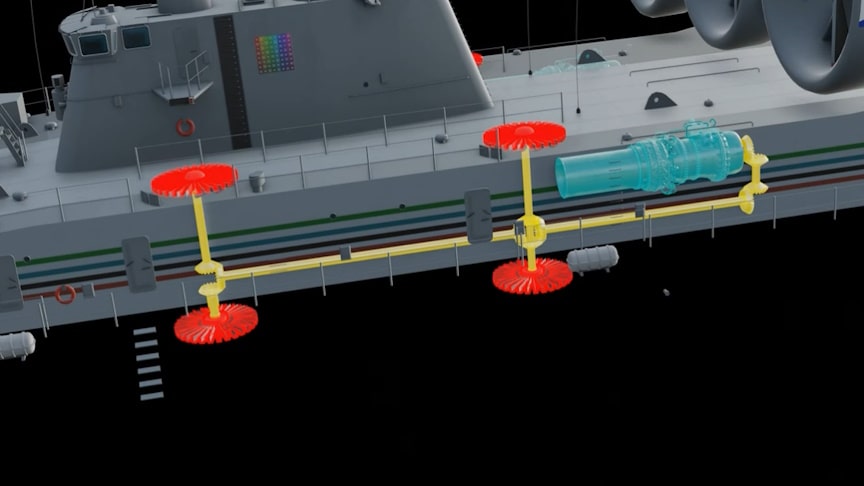Have you ever wondered how the massive Zubr Class Hovercraft operates and what makes it such an impressive engineering marvel? Join us on a captivating journey as we delve into the fascinating world of these giant amphibious vessels. In this video, we’ll uncover the inner workings of the Zubr Class Hovercraft, revealing its cutting-edge technology and unrivaled capabilities.
source.image: Learn from the base
The Zubr class, Soviet designation Project 1232.2, is a class of Soviet-designed air-cushioned landing craft. This class of military hovercraft is, as of 2023 the world’s largest hovercraft,with a standard full load displacement of 555 tons. The Zubr-class landing craft has a cargo area of 400 square metres and a fuel capacity of 56 tons.
source.image: Learn from the base
It can carry three main battle tanks up to 150 tonnes,or ten armoured vehicles with 230 troops, or eight armoured personnel carriers of total mass up to 115 tonnes, or eight amphibious tanks or up to 500 troops (with 360 troops in the cargo compartment).
Advertisement
At full displacement the ship is capable of negotiating up to 5-degree gradients on non-equipped shores and 1.6 m high vertical walls. The Zubr class remains seaworthy in conditions up to Sea State 4. The vessel has a cruising speed of 30–40 knots.
The air-cushion blowers and air propellers are powered by high-temperature gas turbine engines. The air cushion is generated by four NO-10 blowers with 2.5m diameter axial working wheels. There are five Kuznetsov engines onboard the Zubr, two of which are used to provide the necessary lift, and the remaining three are employed as propellers; they all run on gasoline. The combined output of these systems is up to 11,836 hp. To improve working conditions in the battle stations, troop compartments and living quarters are fitted with air-conditioning and heating-systems, sound/heat-insulating coatings, and structures made of vibration damping materials. The ship provides normal conditions for the crew to make meals and rest.












